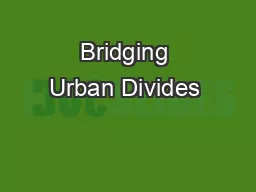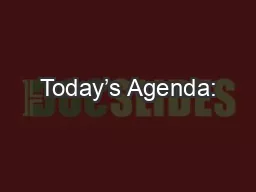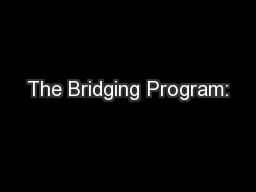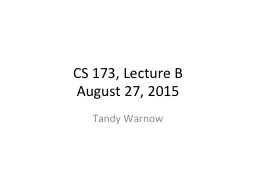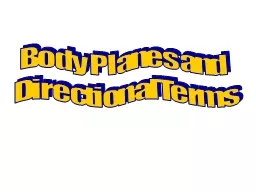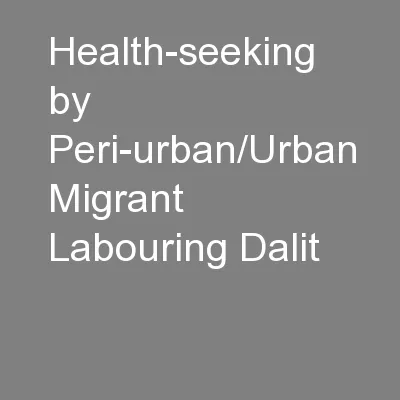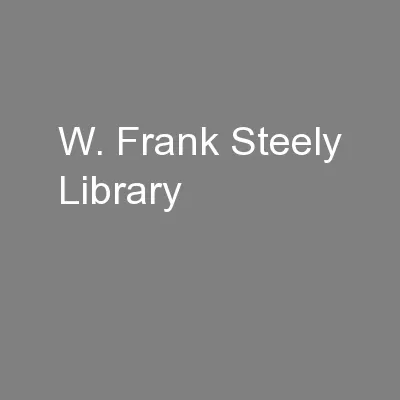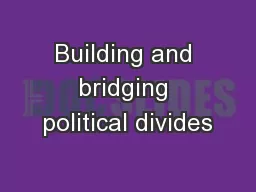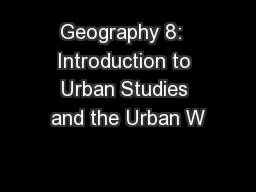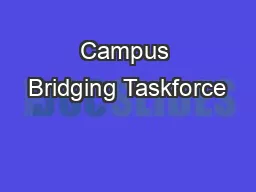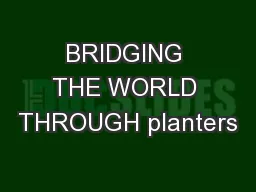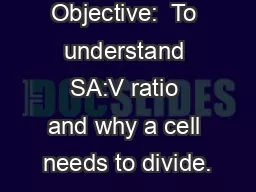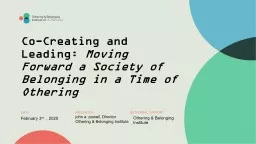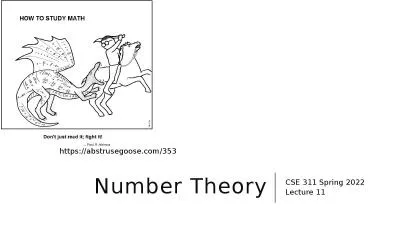PPT-Bridging Urban Divides &
Author : sherrill-nordquist | Published Date : 2017-04-13
Breaking the Cycle of Humiliation Adaptive Leadership Approach Mara Alagic amp Glyn Rimmington Wichita State University Wichita Kansas USA 27th Annual Conference
Presentation Embed Code
Download Presentation
Download Presentation The PPT/PDF document "Bridging Urban Divides &" is the property of its rightful owner. Permission is granted to download and print the materials on this website for personal, non-commercial use only, and to display it on your personal computer provided you do not modify the materials and that you retain all copyright notices contained in the materials. By downloading content from our website, you accept the terms of this agreement.
Bridging Urban Divides &: Transcript
Download Rules Of Document
"Bridging Urban Divides &"The content belongs to its owner. You may download and print it for personal use, without modification, and keep all copyright notices. By downloading, you agree to these terms.
Related Documents

